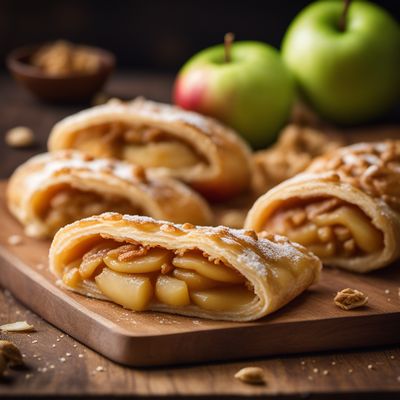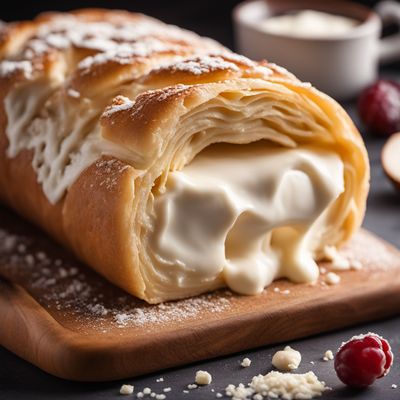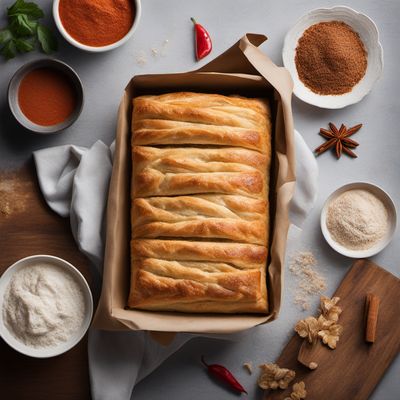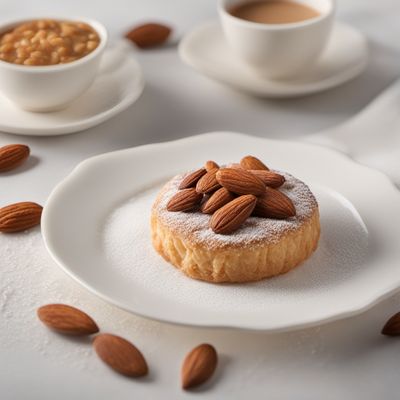
Ingredient
Pastry based on laminated dough
Mastering the Art of Flaky Delights
Pastries based on laminated dough are a true testament to the art of baking. The process of creating laminated dough involves repeatedly folding layers of butter into the dough, resulting in a pastry with distinct flaky layers. This technique requires precision and patience but yields deliciously buttery and light pastries that are perfect for both sweet and savory applications.
Origins and history
The origins of laminated dough can be traced back to France, where it was first developed in the 17th century. The technique of folding butter into dough was perfected by French bakers, leading to the creation of iconic pastries like croissants and puff pastry. Laminated dough has since become a staple in French pastry-making and has spread to other culinary traditions around the world. Today, laminated dough is used in various cuisines to create a wide range of delectable treats.
Nutritional information
Pastries based on laminated dough are typically high in fat and calories due to the generous amount of butter used in the dough. However, they are also a source of carbohydrates and provide a satisfying indulgence when enjoyed in moderation.
Allergens
Laminated dough pastries may contain allergens such as wheat, dairy (butter), and eggs. It's important to check the specific ingredients used in the pastry to ensure it is suitable for individuals with allergies or dietary restrictions.
How to select
When selecting laminated dough pastries, look for ones that have a golden brown color and a crisp exterior. The layers should be well-defined and visibly separated. Freshly baked pastries will have a light, buttery aroma. If purchasing from a bakery or pastry shop, opt for establishments known for their quality and craftsmanship in pastry-making.
Storage recommendations
To maintain the freshness and flakiness of laminated dough pastries, it's best to store them in an airtight container at room temperature. They are best consumed within a day or two of baking, as they tend to lose their crispness over time. If storing for longer periods, freezing the pastries is recommended. When ready to enjoy, simply reheat them in a preheated oven to restore their flaky texture.
How to produce
Producing laminated dough pastries requires advanced baking skills and knowledge. It involves a series of steps, including rolling out the dough, layering it with butter, and performing multiple folds and turns to create the desired flaky texture. Amateur bakers can find detailed recipes and tutorials online or in baking books to guide them through the process.
Preparation tips
Laminated dough pastries can be used in a multitude of sweet and savory applications. They are commonly enjoyed as standalone treats, such as croissants or pain au chocolat, but can also be used as a base for tarts, turnovers, or filled pastries. The flaky layers of laminated dough provide a delightful contrast to creamy fillings or sweet fruit compotes. In savory applications, laminated dough can be used to create appetizers like cheese straws or as a crust for quiches and pot pies.
Culinary uses
Laminated dough pastries are widely used in French cuisine and have gained popularity worldwide. They can be found in bakeries, pastry shops, and cafes in countries with a strong baking tradition, such as France, Austria, Denmark, and the United States.





